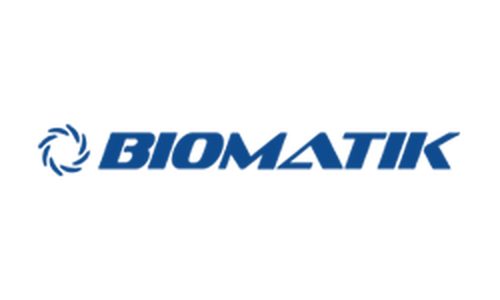Product Description
Recombinant Mouse Vascular endothelial growth factor A (Vegfa), partial (Active) is available at Gentaur for Next week Delivery.
Gene Name: Vegfa
Alternative Names : Vascular endothelial growth factor A; VEGF-A; Vascular permeability factor; VPF; VEGFA; VEGFA164; VEGF164
Expression Region : 27-190aa
AA Sequence : APTTEGEQKSHEVIKFMDVYQRSYCRPIETLVDIFQEYPDEIEYIFKPSCVPLMRCAGCCNDEALECVPTSESNITMQIMRIKPHQSQHIGEMSFLQHSRCECRPKKDRTKPENHCEPCSERRKHLFVQDPQTCKCSCKNTDSRCKARQLELNERTCRCDKPRR
Sequence Info : Partial of Isoform 2
Tag Info : Tag-Free
Theoretical MW : 19.27 kDa
Storage Buffer : Lyophilized from a 0.2 ?m filtered 1xPBS, pH 7.4
Endotoxin Level : Less than 1.0 EU/µg as determined by LAL method.-
Biological Activity : The ED50 as determined in a cell proliferation assay using HUVEC human umbilical vein endothelial cells is less than 4ng/mL, corresponding to a specific activity of ? 2.5 x 105 units/mg.
Storage : Short term: -20°C; Long term: -80°C. Minimize freeze and thaw cycles.
Research Area : Cancer
Restriction : For Research Use Only. Not for use in diagnostic procedures, drug use, or for administration to humans or animals.
Relevance : Mouse Vascular endothelial growth factor (VEGF or VEGFA), is a potent mediator of both angiogenesis and vasculogenesis in the fetus and adult. It is a member of the PDGF/VEGF growth factor family that is characterized by a cystine knot structure formed by eight conserved cysteine residues. Alternately spliced isoforms of 120, 164 and 188 aa found in mouse. VEGF binds the type I transmembrane receptor tyrosine kinases VEGF R1 (also called Flt1) and VEGF R2 (Flk/KDR) on endothelial cells.Although affinity is highest for binding to VEGF R1, VEGF R2 appears to be the primary mediator of VEGF angiogenic activity. VEGF is required during embryogenesis to regulate the proliferation, migration, and survival of endothelial cells.It may play a role in increasing vascular permeability during lactation, when increased transport of molecules from the blood is required for efficient milk protein synthesis.
Function :
Involvement in disease :
Subcellular location :
Protein Families :
Tissue Specificity :
Paythway :
Uniprot ID : Q00731-2
 Euro
Euro
 British Pound
British Pound
 US Dollar
US Dollar








